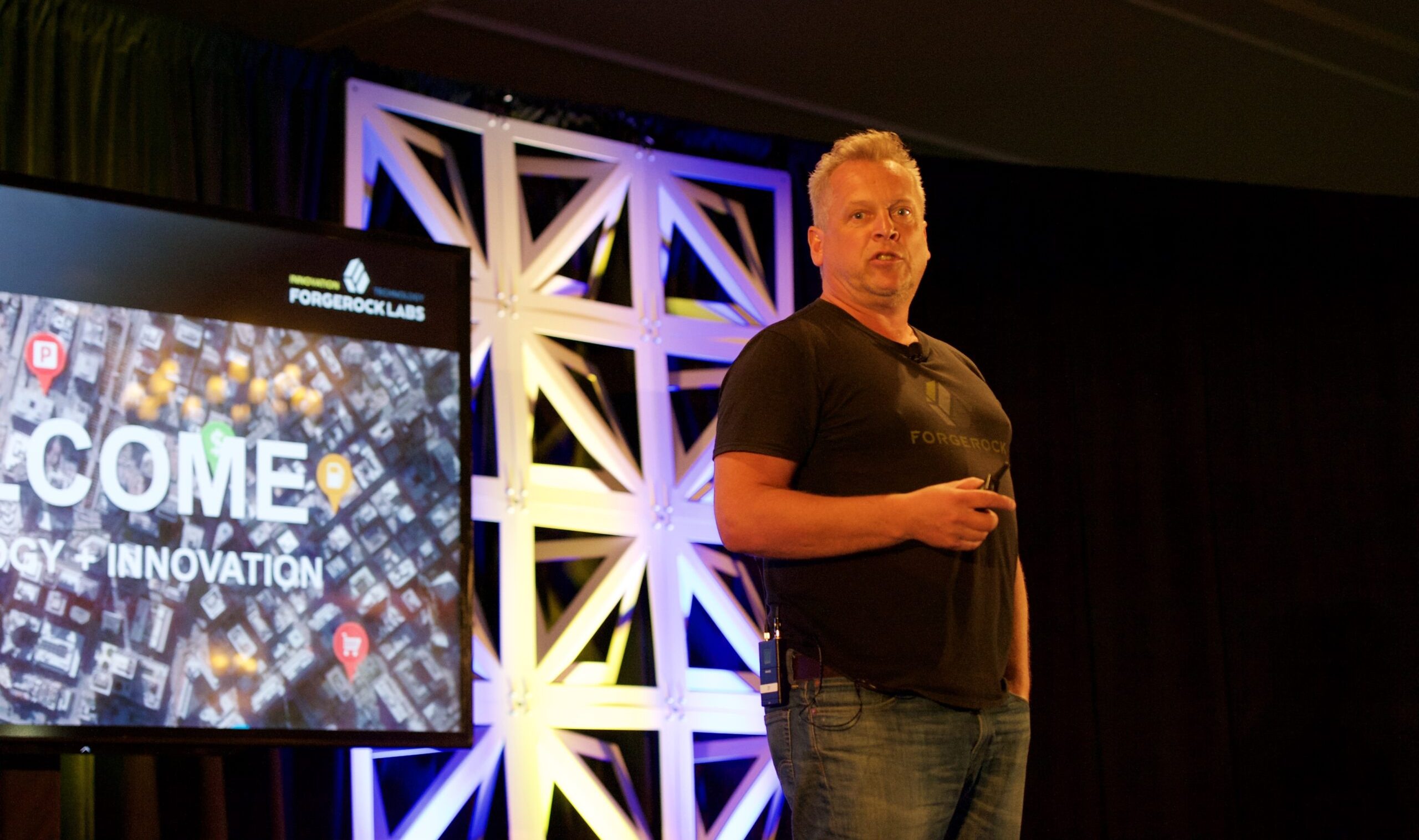Smpl co-founder Lasse Andresen took his company, Forgerock, from pre-seed start-up to unicorn status ($1bn+ valuation). He’s here to explain how pre-seed start-ups give themselves the best chance of success.
If you’re at the pre-seed stage I couldn’t be happier for you. I’ve been there and know what an exciting time it is, filled with opportunity and promise.
But it’s also a time fraught with danger. If you aren’t careful, you could end up wasting a lot of time and money (I’ve been there too!)
Here are my key lessons on making it work and – hopefully! – making it big…
Rule 1: Have passion and focus
The rewards can be big, but the road for entrepreneurs and innovators is often a hard one.
So, first on my list of pre-seed start-up advice is to ask yourself a crucial question: ‘Is this project something I am truly passionate about?’
The answer must be ‘yes’. Passion is what will get you out of bed each day and keep you fighting your way over every obstacle and through every setback.
Passion will give you the single-mindedness you need, and it will stop you from formulating a Plan B.
You mustn’t have a Plan B. If you do, I’d question your passion and your focus – and without them you’ll probably fail.
Of course, Plan A will evolve and change based on what you learn and the choices you make… but it’s still Plan A.

Rule 2: Know your market
How well do you know your market and your potential customers?
For your idea to be a good one, you’ve got to be making life easier or better for someone somehow (and you’ve got to have the right business model to actually deliver it in a sustainable way).
So, make sure you’ve asked questions like:
- Is there a genuine need for my idea? (Make sure the problem you’re solving is a real one, and that it’s not already been sorted out satisfactorily)
- Is the addressable market big enough?
- How will I generate revenue (including repeat revenue)?
- How much can/will I charge for my product or service?
- How will I manage costs? (Remember to factor in the cost of acquiring users)
- What competition will I encounter?
Rule 3: Be a show-off
You need something tangible to impress your stakeholders with, as soon as possible.
Sadly they can’t see inside your head (and who knows what they might find in there if they could?)
I’ve been on both sides – chasing investment and being an investor – and I can tell you without a doubt prototypes make a huge difference, particularly to pre-seed start-ups. Among other things, they:
- bring an idea to life, conveying your concept and vision
- give you credibility with, and help gain buy-in from, stakeholders (particularly investors)
- help you focus on your USP (unique selling point)
- help you work out what your Minimum Viable Product (MVP) should be
The sheer power of prototypes is the reason we put our 5-day clickable prototype offer at the centre of any Smpl pitch to a client at the pre-seed stage. It would be wrong not to.
Check out this prototype that we built for one client, which helped them raise millions of euros from investors. It took just five days to do it and the pay-off was huge.
Rule 4: Understand what investors want
Earlier I talked about focusibng on your audience and their needs / pain points to succeed, but you’ll also need to focus on investors’ needs if you want them to loosen their purse strings – and do so on favourable terms.
Of course, you know that your Big Idea is awesome and your goals epic in their scope. But investors need to be convinced you can deliver, based on their needs. And these may not align with, or be weighted in the same way, as yours.
Before you pitch your idea, you need to convince them:
- any investment of time and/or money in you will ultimately give them what they need in return (that’s probably profit, but other considerations include sustainability, social status, community, and/or personal mission)
- those returns are going to come within an acceptible timeframe
- you know how much money you need and exactly what you’re going to use it for
- you understand your market and how it’s evolving
- that you have the right business model
- your idea is scalable (opportunities for repeat revenue will be particularly attractive)
- that you are the person to deliver all this (you must be ble to demonstrate your expertise, passion, and focus… easily done using a prototype; we can’t say that enough)
- you have the right team to support you (see Rule 5 below)
Rule 5: Suround yourself with difference
The first team members you hire will serve as the foundation of your business (and help convince stakeholders you are starting out on a solid footing).
When hiring talent, it’s important to look for people who are passionate about what they do and have an unwavering vision for their role in the company.
But don’t just hire people who are the same as you.
When you are trying to do anything innovative – whether it’s starting a company or designing a new product – you need people around you who will constantly question what you’re doing, albeit in an environment of mutual respect.
(FYI: Smpl Chairman Bjørn Ivar – himself a successful entrepreneur – has some interesting thoughts on fostering dynamic work environments here.)
Rule 6: Listen. Then listen a bit more
If you know your target audience and have the right people around you, then you must listen to them. Far too many entrepreneurs and innovators confuse having passion with being right.
Here’s a (non-exhaustive) list of people you must listen to as much as you can:
- your customers (or, if you don’t have any yet, people who have bought products in the same space as yours)
- your team
- advisors or mentors
- investors
- your family (they know you better than most!)
I’m not saying you should take all the advice you get at face value. Common sense goes a long way here.
You need to take advice and then question where it’s coming from. Is it from a position of experience or expertise? Is there an ulterior motive? How much is based on presumption or ignorance?

We’re here if you need us
There’s a lot to think about when starting a company, but you’ll be well on the road to success if you keep this pre-seed start-up advice in mind. Trust me, I’ve been there.
If you need a friendly ear or expert advice, Smpl offers a business advisory service (operated by successful entrepreneurs and innovators, including me) and super-fast prototyping.
We also promise to delivery your digital product or service more efficiently and effectively than anyone else.



